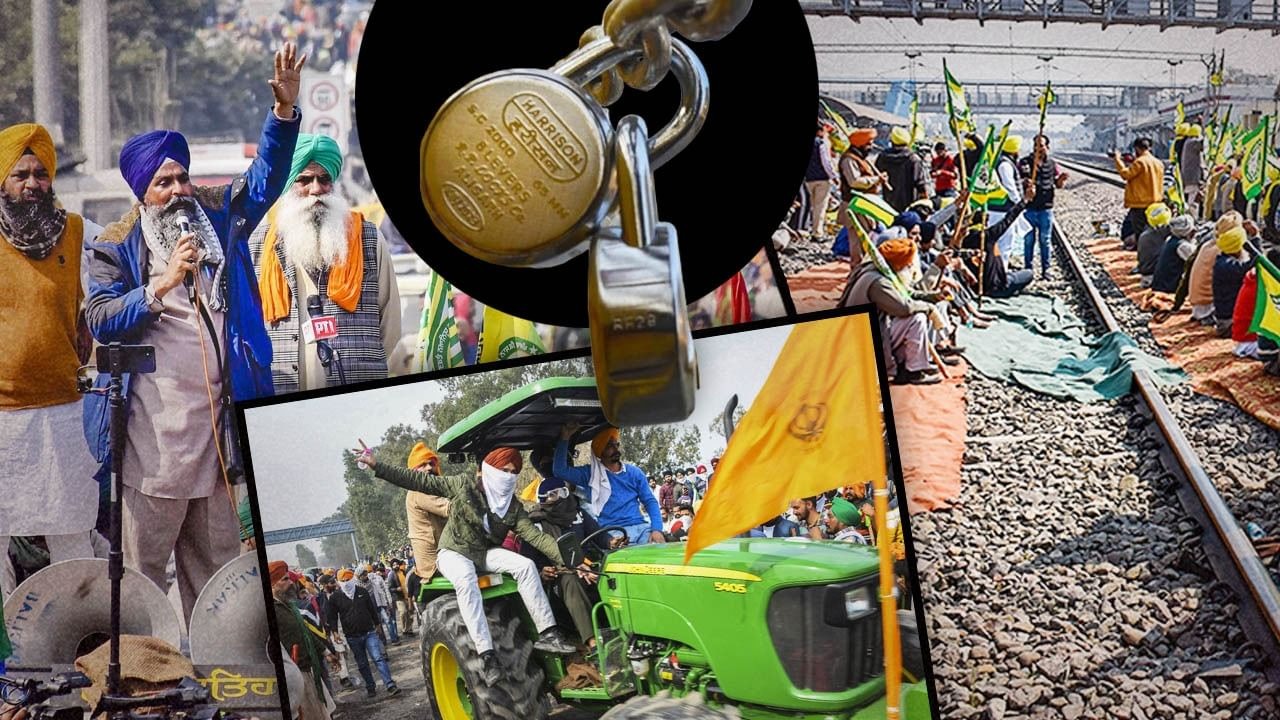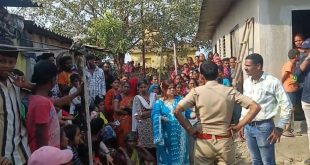 Kisan Andolan: Impact on Rural India with Bharat Bandh
Kisan Andolan: Impact on Rural India with Bharat Bandh
The recent developments in the ongoing Kisan Andolan have led to a nationwide Bharat Bandh, disrupting normal life in several states, including Delhi, Haryana, Punjab, and Uttar Pradesh. This article delves into the events surrounding the farmer protests, the government’s response, and the implications of the Bharat Bandh on different regions.
Night Talks and Impending Bandh
Before the Bharat Bandh, crucial talks between the government and farmers took place late at night, yielding no conclusive results. Consequently, areas in Delhi, Haryana, Punjab, and Uttar Pradesh may experience significant traffic disruptions due to the protests.
Noida Police’s Precautionary Measures
In anticipation of the Bharat Bandh, the Noida Police, in Gautam Buddh Nagar, Uttar Pradesh, has imposed Section 144, prohibiting unauthorized public gatherings. This move aims to control any unlawful assemblies, ensuring public safety during the protests.
Traffic Advisory and Metro Services
In response to potential traffic congestion, the Noida Police has issued a traffic advisory, urging commuters to consider using the metro services to travel to and from Delhi. The police emphasize the importance of using metro services to minimize inconvenience, given the altered traffic conditions in Noida.
Farmers’ Plans and Legal Measures
The United Farmers’ Organization has proposed various protest activities, leading to the imposition of Section 144 under the Criminal Procedure Code (CrPC) on February 16. The order restricts unauthorized gatherings, processions, or demonstrations involving five or more people.
No Entry Zones and Altered Routes
The Noida Traffic Police has released advisories on the Great Noida Expressway, cautioning about the potential checking operations by Delhi and Gautam Buddh Nagar police at all borders connecting to Delhi. This includes restrictions on traffic from Gautam Buddh Nagar to Delhi via alternative routes.
Alternative Routes and Recommendations
To avoid inconvenience, the police suggest using metro services, especially for those traveling to Delhi. They advise commuters on alternative routes to mitigate traffic pressure on roads leading to Delhi, such as the Yamuna Expressway from Noida-Greater Noida and the Surajpur route from Sirsa.
Local Reactions and Business Impact
Local business associations express concern over the recurring farmer protests, affecting daily commercial activities. Residents face disruptions in transportation, urging the government and farmers to resolve issues through dialogue.
Appeal for Dialogue
Sushil Kumar Jain, President of the Sector-18 Market Association in Noida, appeals for dialogue between the government and farmers to find a resolution. He emphasizes the impact on citizens facing unnecessary inconveniences due to frequent protests.
Toll Booth Takeover
In Haryana, the Bharatiya Kisan Union (BKU) led by Gurnam Singh Chaduni announces the takeover of all state toll plazas from 12 PM to 3 PM. This strategic move aims to amplify their demands and draw attention to the farmer’s cause.
Internet Shutdown as a Precaution
Authorities in Haryana suspend mobile internet services, including SMS and voice calls through dongles, in Ambala, Kurukshetra, Kaithal, Jind, Hisar, Fatehabad, and Sirsa districts. This preventive measure is implemented to maintain law and order during the protests.
Protest Intensification in Punjab
Protestors in Punjab intensify their demonstration with a ‘Rail Roko’ event from 12 PM to 4 PM. Additionally, toll plazas are made toll-free from 11 AM to 2 PM. The farmers aim to strengthen their stance and pressure the central government to address their demands.
Public Advisory for Travellers
Haryana Police advises travelers between Chandigarh and Delhi to opt for trains as a precautionary measure, urging them to use train services when necessary. With the imposition of Section 144 in 15 districts, authorities discourage unnecessary travel and gatherings.
The ongoing Kisan Andolan and the subsequent Bharat Bandh continue to impact daily life in various regions. The need for open communication between the government and farmers is emphasized to avoid recurrent disruptions and provide a conducive environment for resolution
 Suspense Crime Sach Ka Dam
Suspense Crime Sach Ka Dam


